Monday January 30, 2023
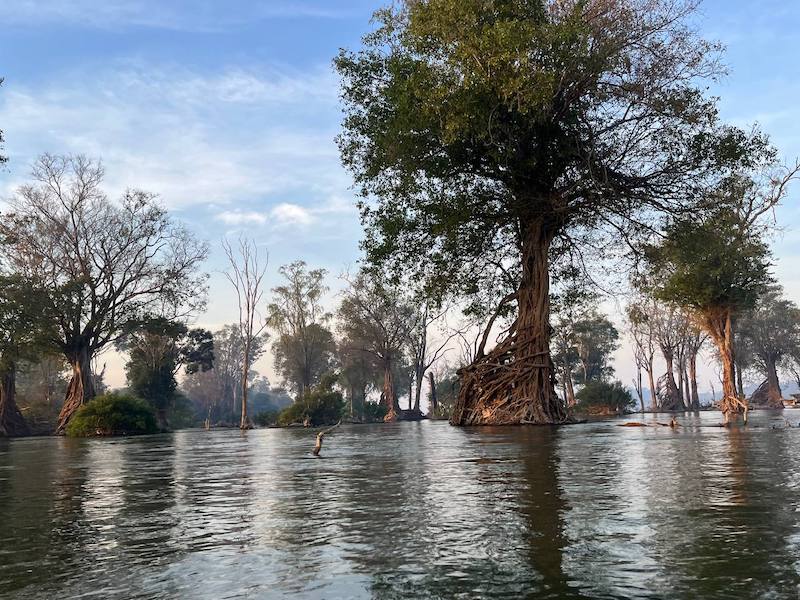
Researchers across the globe are experimenting with the use of environmental DNA (eDNA), and finding new ways to apply this modern technology. Although it is already being implemented for fisheries monitoring in many temperate systems, potential eDNA applications in tropical systems like the Mekong River are just beginning to be investigated. To better understand how this technology may be useful for Mekong fisheries, FISHBIO and project partners conducted a pilot survey of biodiversity in spring of 2022, collecting 60 eDNA samples across the mainstem Mekong, the Sesan, Sekong, and Srepok (3S) tributaries, and the Tonle Sap. The initial analysis yielded promising results, and the sequencing performed to date has led to the identification of DNA from 79 fish taxa, including Critically Endangered Mekong giant catfish (Pangasianodon gigas) and Mekong giant barb (Catlocarpio siamensis). Although analysis of these samples is still ongoing, these preliminary results have informed the development of an expanded eDNA sampling project in the Cambodian Mekong funded by the Wonders of the Mekong project. The first samples for this expanded sampling project were collected in November 2022, and sampling will continue throughout 2023.
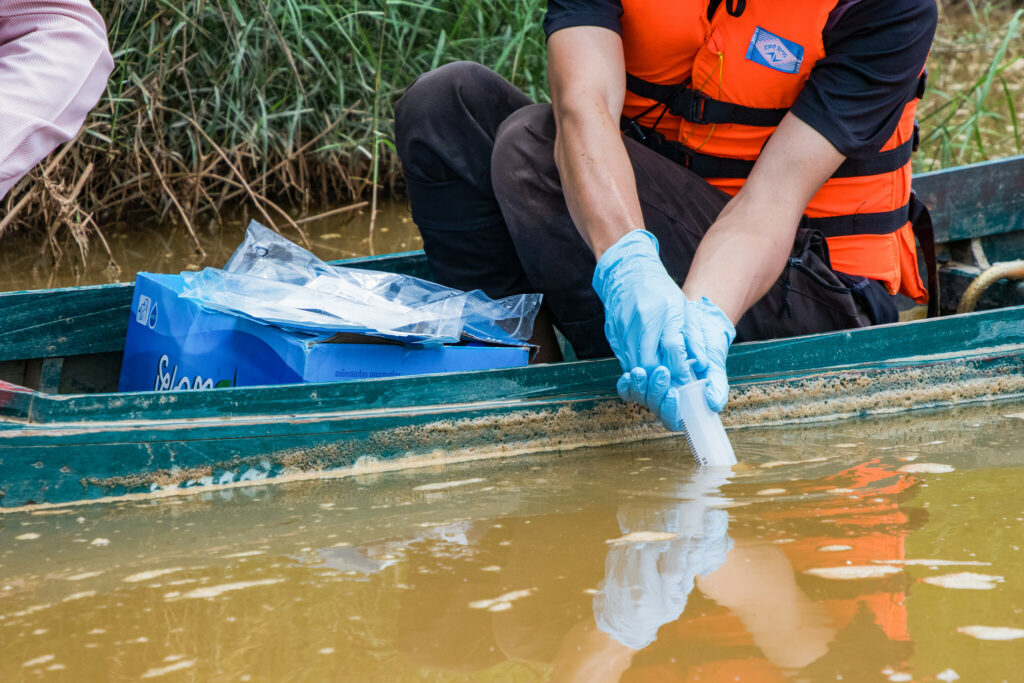
This sampling effort will rely on eDNA metabarcoding, a molecular analysis approach that identifies DNA fragments – or “barcodes” – from multiple species present in a sampled location. Worldwide studies of metabarcoding in freshwater systems have greatly improved our understanding of how to design eDNA sampling and analysis protocols to maximize efficiency and species detection. However, much of the research to date has focused on temperate systems, and there have been very few investigations of eDNA use in large tropical river systems. FISHBIO’s new project focuses on the pairing of eDNA sampling with three ongoing fisheries monitoring programs that rely on different traditional sampling gears including arrow traps in the Tonle Sap, dai nets in the Tonle Sap River, and experimental gill nets in the rivers and reservoirs of the northern Cambodian Mekong and 3S tributaries. Replicated eDNA sampling paired with these capture gears will allow FISHBIO scientists to compare biodiversity captured by eDNA and traditional fisheries monitoring methods, something which has not yet been performed in the Mekong system.
Cambodia and other Lower Mekong countries are planning to expand hydropower construction, creating an urgent need for informed and strategic planning models for the basin. Current strategic plans include assessments of critical ecosystem functions such as sediment transport, but the inclusion of data on vital Mekong fisheries in these models is stymied by a general lack of high-resolution fish biodiversity data. Traditional monitoring using fishing gear provides excellent data in select locations, but eDNA methodologies may be used to generate high-resolution fish biodiversity data across large watersheds without incurring the significant costs associated with traditional sampling. Given the crucial need for fisheries data to inform sustainable development, eDNA metabarcoding stands poised as a potentially powerful tool to aid in strategic planning. Indeed, eDNA is already being incorporated into monitoring plans in other watersheds, and FISHBIO is seeking to help evaluate this potential in the Mekong.
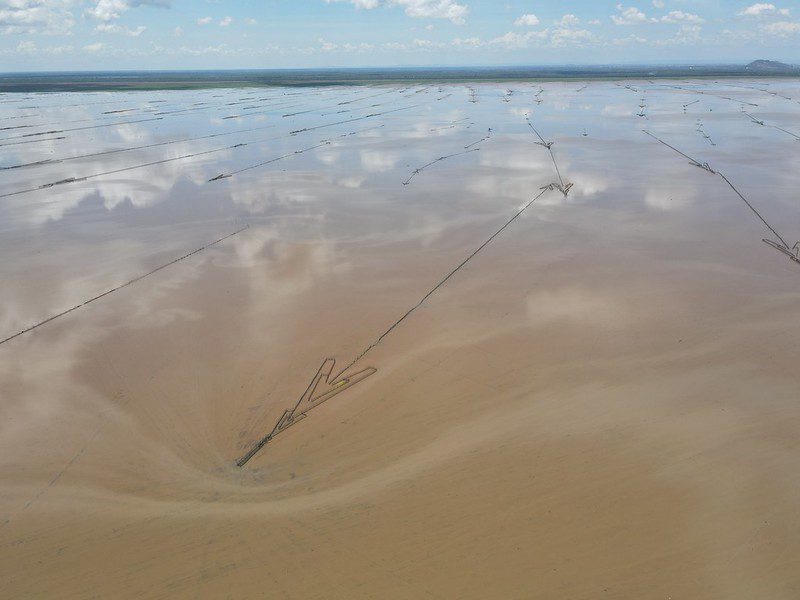
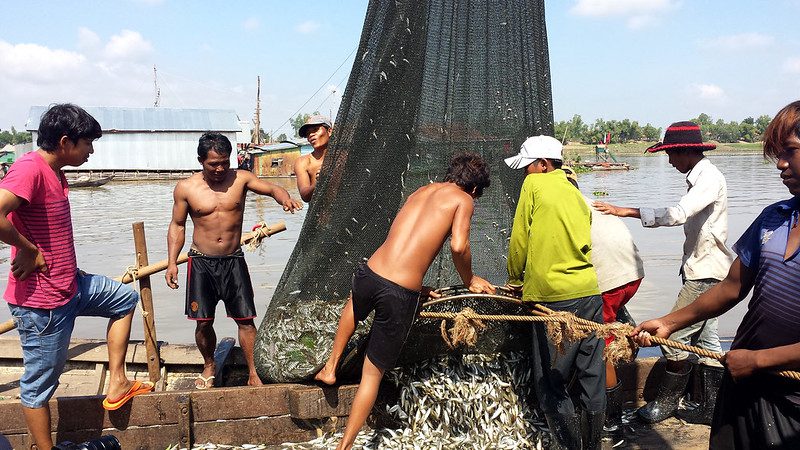
The eDNA sampling approach for this project was collaboratively developed by FISHBIO biologists, Wonders of the Mekong project partners from the Royal University of Agriculture in Phnom Penh, and staff from partner laboratory Jonah Ventures. The approach is based on the best available science and good laboratory practices. FISHBIO’s extensive project experience in Southeast Asia and elsewhere has demonstrated that samples can be effectively collected and preserved using eDNA collection kits developed by Jonah Ventures. The kits – which will be used to collect all of the eDNA samples for the project – use a specialized filter and preservative solution to capture and stabilize DNA for transport to the laboratory. A standardized sampling protocol will be employed to ensure the comparability of results and increase confidence that detections in the results of the metabarcoding analysis are accurate.
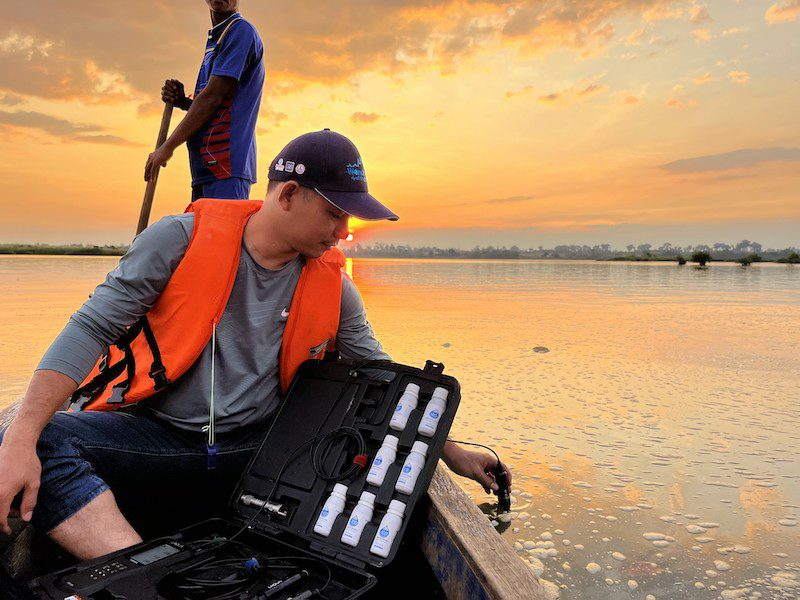
The replicated samples collected at each location will be used to evaluate how many samples need to be collected to maximize the detection of biodiversity in the Mekong River. Further, assessments of species composition among replicates, sampling gears, and locations will be performed to search for patterns in community composition. The overlap in the communities captured by each sampling method will also be assessed to identify any components of the fish community that may be missed by individual methods alone. Tests will also be performed to search for patterns across the different habitats and seasons. Finally, all analyses will be meticulously reviewed based on available knowledge of current fish species distributions in the three sampling regions. Species identifications that appear to be erroneous, as well as taxa with low resolution in taxonomic assignment (meaning individuals that can only be identified to the family or genus level, not to species), will be flagged as high-priority for future sample collections. FISHBIO is excited to be among the vanguard of using this technology in the Mekong and looks forward to learning more about its potential value in studying Mekong fisheries.
This post was featured in our weekly e-newsletter, the Fish Report. You can subscribe to the Fish Report here.
